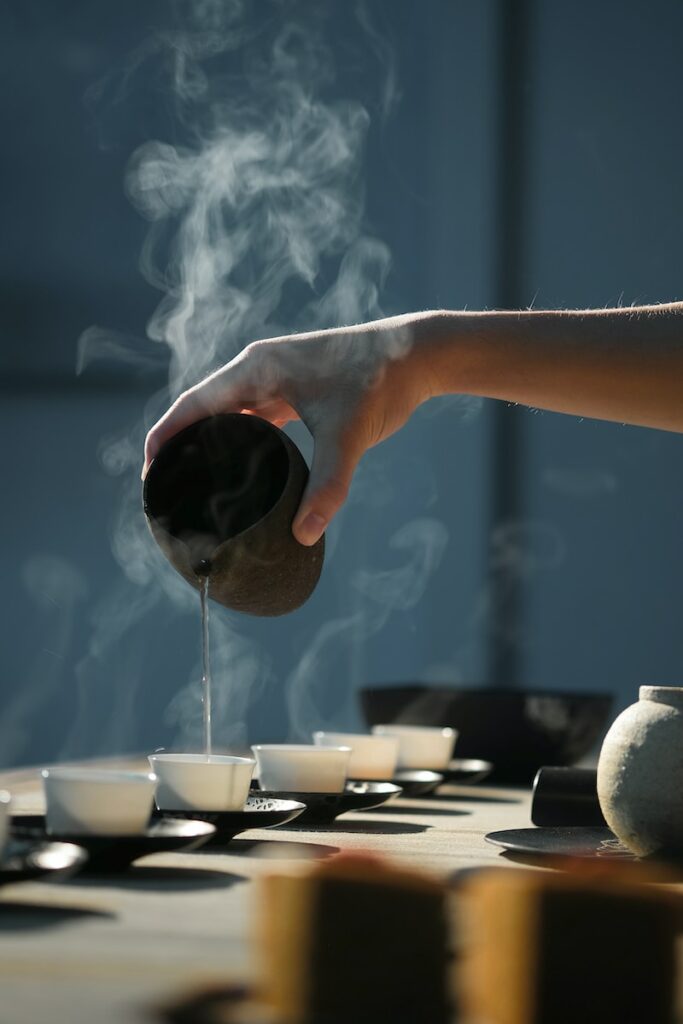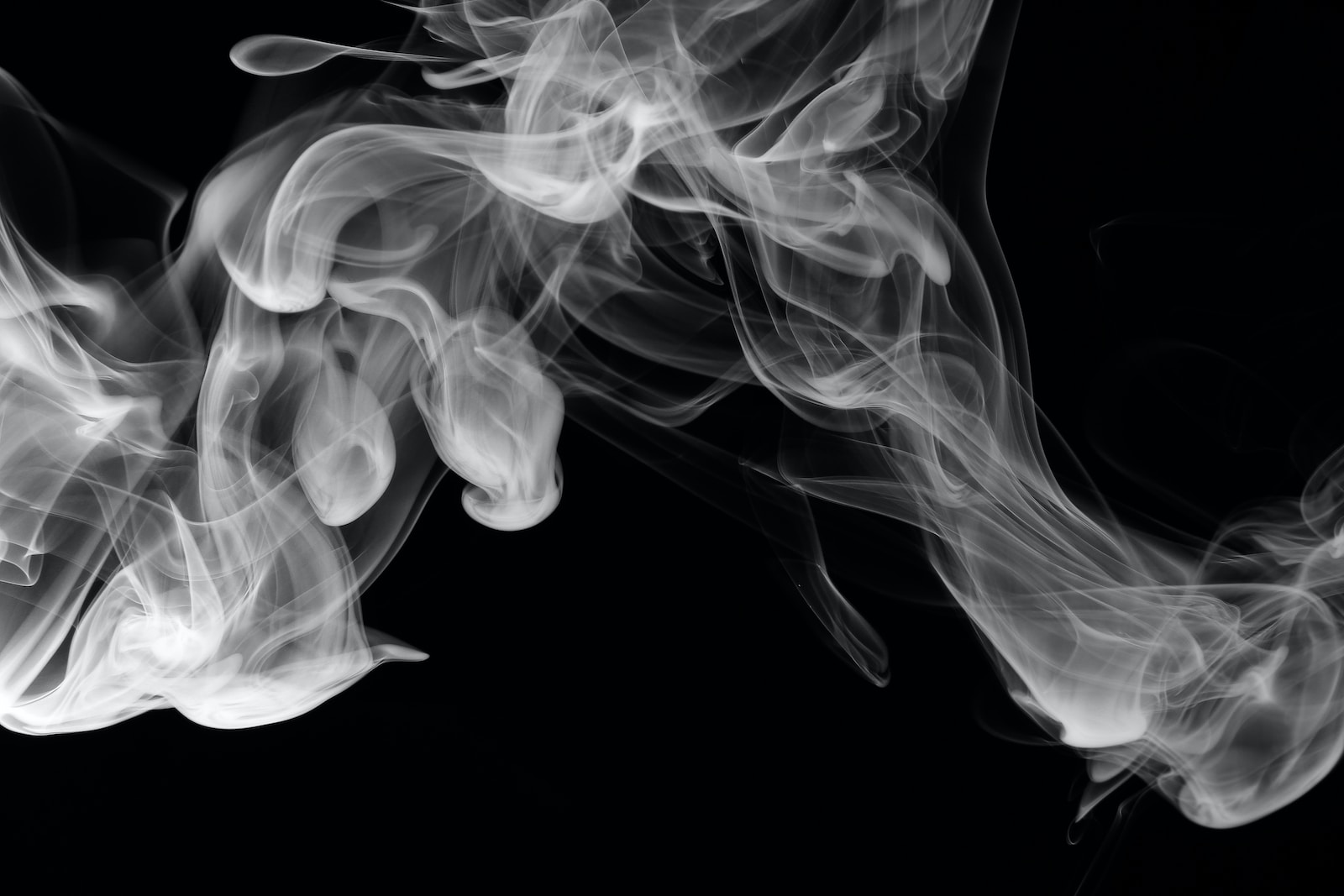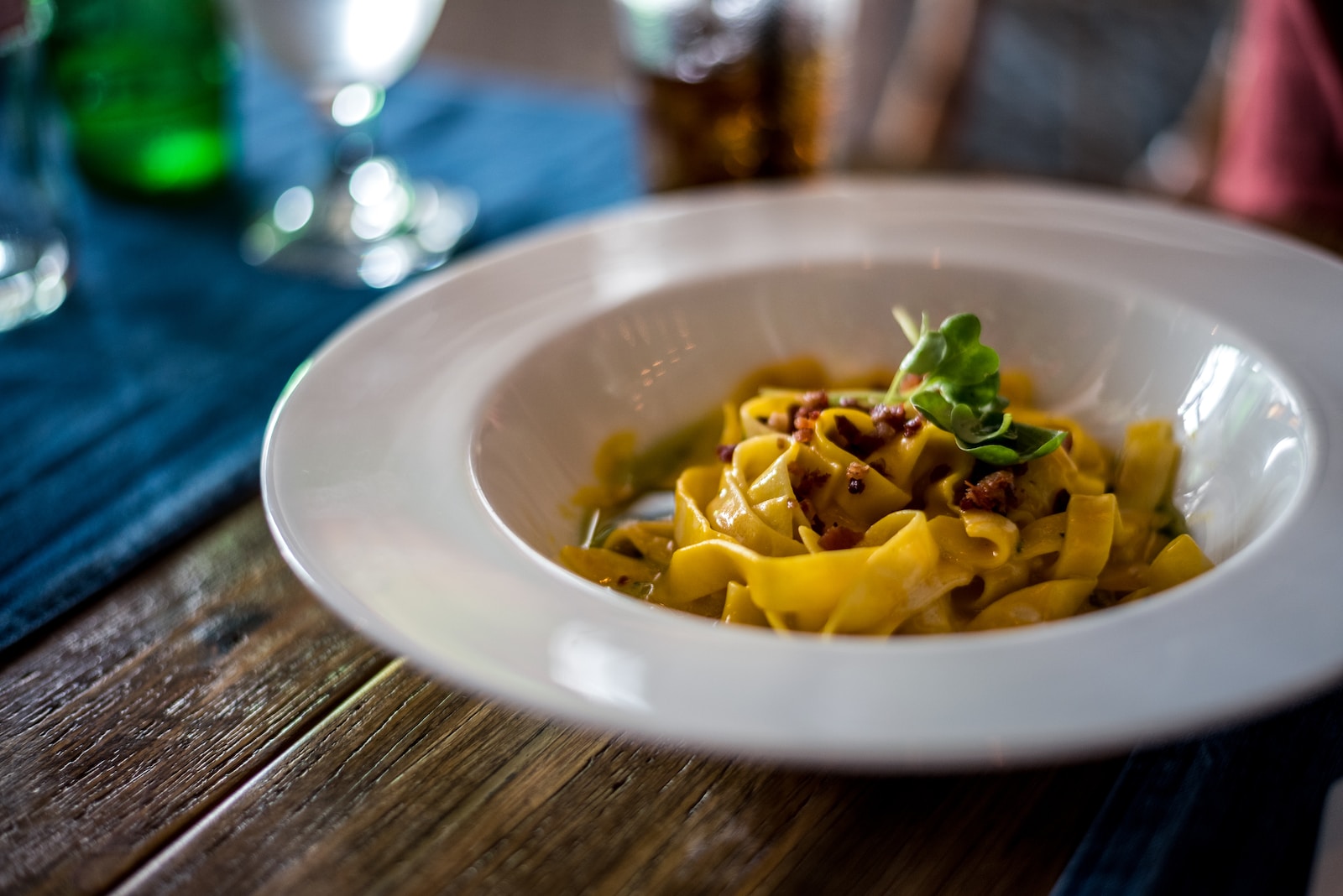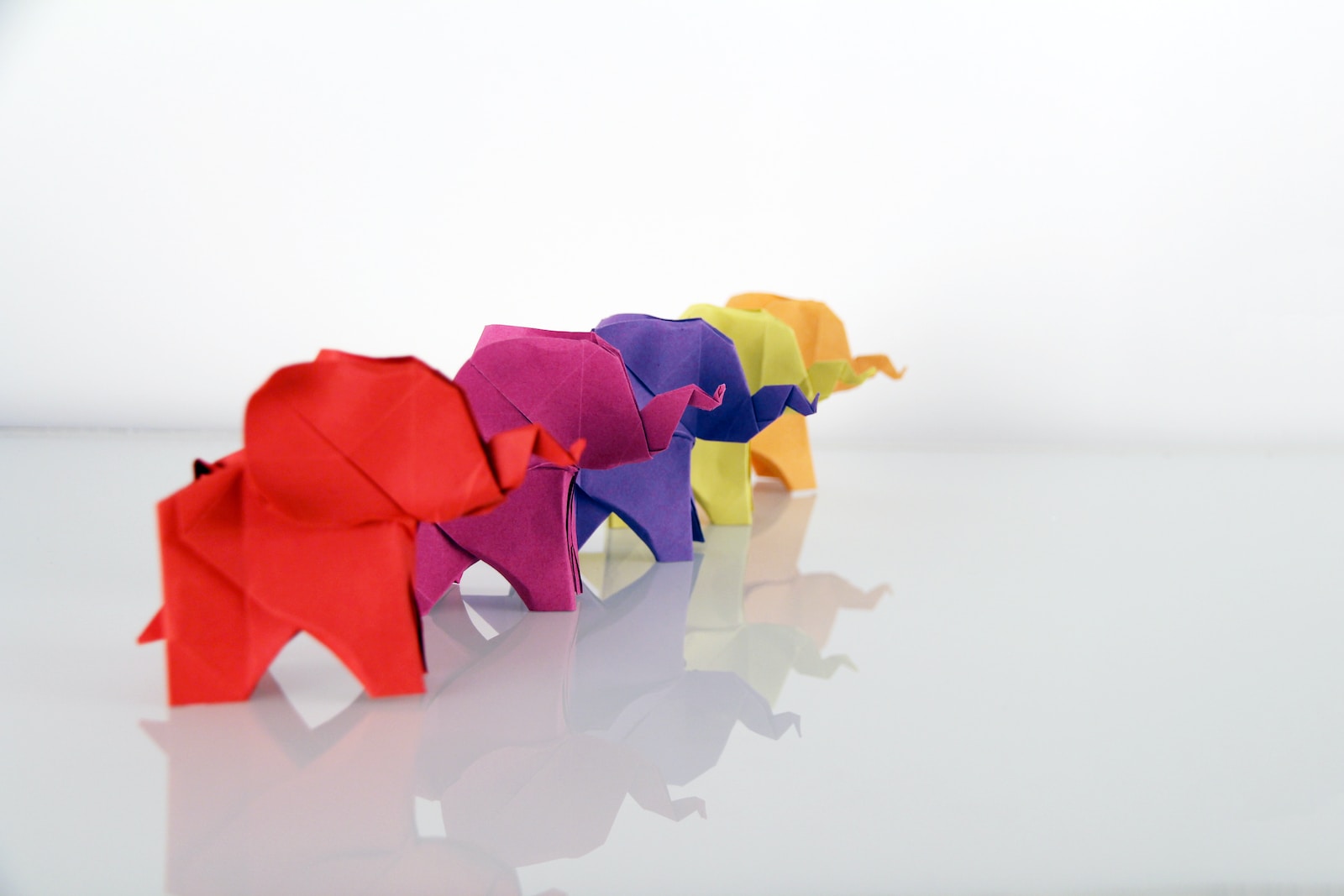Welcome to my blog, where I dive into the mesmerizing world of steam and smoke photography. Join me as I explore the unique challenges and techniques of capturing the ethereal beauty of steam and smoke through the lens. From abstract compositions to still-life settings, I will share insights and tips on lighting, background, and post-processing. Get ready to embark on a visual journey that will ignite your creativity and leave you in awe of the captivating nature of steam and smoke.
Table of Contents
- Capturing the Beauty of Steam/Smoke
- Choosing the Right Equipment for Capturing the Beauty of Steam/Smoke
- Capturing the Beauty of Steam/Smoke
- Frequently Asked Questions
- 1. How do I capture the beauty of steam and smoke in photography?
- 2. What type of lighting should I use when photographing steam or smoke?
- 3. What background should I choose for steam or smoke photography?
- 4. Are there any specific camera settings I should consider for steam or smoke photography?
- 5. How can I enhance the effect of steam or smoke in post-processing?
- 6. Can I use steam and smoke photography for still life or abstract compositions?
- Wrap Up
Capturing the Beauty of Steam/Smoke
Steam and smoke present unique challenges for photographers, but they also offer the opportunity to create stunning and mesmerizing images. The ever-changing nature of steam and smoke makes them fascinating subjects to photograph, with their ethereal and mysterious qualities. In this blog, we will explore the techniques and strategies to capture the beauty of steam and smoke through photography.
The Intricacies of Steam Photography
Steam is a fascinating subject to photograph as it represents energy, movement, and transformation. To capture the essence of steam in your photographs, here are some key techniques to keep in mind:
- Lighting: Experiment with side lighting to highlight the swirling patterns and textures of the steam. Backlighting can also create a beautiful glow and add depth to your images.
- Background: Opt for a simple and clean background to allow the steam to take center stage. A dark background can make the steam appear more vibrant and dramatic.
- Composition: Consider incorporating other elements such as cups, kettles, or teapots to add context and create a visually engaging composition.
- Timing: Be patient and wait for the perfect moment to capture the steam at its peak. This requires a keen eye and quick reflexes.
- Post-processing: Enhance the contrast and vibrancy of the steam in post-processing to bring out its intricate details.
The Enchanting World of Smoke Photography
Smoke, with its delicate and ever-changing forms, offers endless opportunities for capturing ethereal and abstract images. To create captivating smoke photographs, consider these techniques:
- Backdrop: Choose a dark backdrop to make the smoke stand out and create a sense of mystery.
- Lighting: Experiment with different angles of lighting to emphasize the wisps and patterns of the smoke. Side lighting can reveal the intricacies, while backlighting can create a dreamy effect.
- Contrast: Play with the contrast between light and shadow to add depth and dimension to your smoke images.
- Composition: Get creative with your compositions. Consider using objects like incense sticks, candles, or even flowers to add interest and context to the smoke.
- Post-processing: Use editing software to enhance and manipulate the colors and tonal range of the smoke, adding a touch of creativity to your images.
By mastering the techniques and embracing the ever-changing nature of steam and smoke, you can unlock the true potential of these subjects and create visually captivating photographs. Dive into the fascinating world of steam and smoke photography, and let your creativity soar.
Steam photography, also known as "smokeography," is a captivating and unconventional art form. By creatively capturing the ethereal and ever-changing nature of steam and smoke, photographers can produce mesmerizing images that evoke a sense of mystery and intrigue.
Choosing the Right Equipment for Capturing the Beauty of Steam/Smoke
Photographing steam and smoke can be a challenging yet rewarding endeavor. To capture the intricate details and ephemeral nature of these subjects, it is crucial to have the right equipment. In this section, we will discuss the best camera, lenses, and other equipment options to help you achieve stunning steam and smoke photography.
The Ideal Camera for Steam/Smoke Photography
When it comes to selecting a camera, there are a few key factors to consider. First and foremost, you want a camera with a high-resolution sensor to capture the fine details of the steam or smoke. A camera with at least 24 megapixels is recommended.
In addition to resolution, a camera with good low-light performance is essential. Steam and smoke photography often involves working in dimly lit environments, so a camera with low noise at high ISO settings will work to your advantage.
Another important feature to consider is the camera’s ability to shoot in burst mode. This will allow you to capture multiple frames in quick succession, increasing your chances of capturing the perfect moment when the steam or smoke forms an intriguing pattern or shape.
Furthermore, a camera with manual control options is ideal, as it enables you to have full creative control over your images. This will be particularly useful when it comes to adjusting exposure and depth of field.
Choosing the Right Lenses and Additional Equipment
The choice of lenses will greatly impact the quality and perspective of your steam or smoke photographs. Consider using a macro lens to capture close-ups of the intricate details within the steam or smoke. A macro lens with a focal length of around 100mm is a versatile choice.
Another option worth exploring is a telephoto lens. This will allow you to capture steam or smoke from a distance, allowing for unique perspectives and compositions.
In addition to lenses, there are a few other pieces of equipment that can enhance your steam and smoke photography. A sturdy tripod is essential, as it will help you keep your camera steady during long exposures or when shooting in low light conditions.
Consider using a remote shutter release or utilizing the camera’s self-timer to further reduce any potential camera shake. This will result in sharper and more focused images.
Lastly, having a set of neutral density (ND) filters can come in handy. These filters help to reduce the amount of light entering the camera, allowing for longer shutter speeds. This is particularly useful for capturing motion blur in the steam or smoke, adding a sense of movement and dynamism to your photographs.
Remember, the key to capturing the beauty of steam and smoke lies not only in the equipment you use but also in your creativity and dedication to experimentation. Armed with the right gear, you are now ready to embark on your steam and smoke photography journey.
Capturing the Beauty of Steam/Smoke
Photographing steam and smoke can be an exciting and challenging endeavor. The ethereal quality of these elements lends a unique and dramatic effect to images, making them captivating and visually striking. In this article, we will explore the best techniques and strategies to master the art of capturing the beauty of steam and smoke photography.
The Best Time to Take Photos
When it comes to steam and smoke photography, the time of year can greatly impact the results. Spring and fall are ideal seasons as the weather tends to be cooler, creating more visible and pronounced steam or smoke formations. Additionally, during these seasons, you can find unique opportunities, such as bonfires, chimneys, or foggy mornings, which add an extra layer of intrigue to your images.
Moreover, the time of day is equally important. Early morning and late afternoon offer the best lighting conditions for steam and smoke photography. The soft and warm light during these times enhances the textures and contrasts, resulting in stunning visual effects.

Choosing Vantage Points and Positioning
The vantage point and positioning play a crucial role in capturing compelling steam and smoke photographs. Here are two options to enhance your compositions:
Overhead Perspective
Position yourself above the source of the steam or smoke, whether it’s a boiling kettle, a steam vent, or an incense stick. This perspective captures the flow and movement of the steam/smoke from top to bottom, creating dynamic and dramatic images. As a photographer, you have an excellent opportunity to experiment with different angles and compositions. By shooting from above, you can create a mesmerizing effect where the steam or smoke billows towards the viewer, adding depth and dimension to the photograph.
Side-on Perspective
Alternatively, positioning yourself to the side of the steam or smoke source allows you to capture the intricate details and patterns. This perspective showcases the delicate wisps and swirls, revealing the elegant nature of steam and smoke. You can experiment with different lighting angles to accentuate the textures and shapes. By shooting from the side, you can highlight the organic nature of the steam or smoke, capturing the way it effortlessly floats and twists through the air, creating a sense of movement and fluidity in your images.
Remember, capturing steam and smoke is a creative and experimental process. Don’t be afraid to try different perspectives, angles, and compositions to find the one that best captures the essence of your subject. With practice, patience, and attention to detail, you can master the art of smoke and steam photography and create stunning images that showcase the beauty of these abstract elements.
To capture stunning steam/smoke photography, use a narrow aperture (high f-number) to increase depth of field and keep the entire subject in focus. Experiment with different lighting setups, such as backlit or side lighting, to emphasize the textures and shapes of the steam or smoke. Don't be afraid to try creative angles and compositions to add more visual interest to your shots.
Frequently Asked Questions
1. How do I capture the beauty of steam and smoke in photography?
To capture the beauty of steam and smoke in photography, it is important to pay attention to lighting and composition. Experiment with different angles and positions to capture the unique shapes and patterns formed by the steam or smoke. Additionally, adjusting the exposure and contrast during post-processing can enhance the overall effect.
2. What type of lighting should I use when photographing steam or smoke?
When photographing steam or smoke, it is best to use soft, diffused lighting. Natural light from a window or a softbox can help create a soft and ethereal feel in your photos. Avoid using harsh, direct light as it can create harsh shadows and diminish the overall effect.
3. What background should I choose for steam or smoke photography?
Choosing the right background is crucial in steam or smoke photography. Opt for neutral or solid backgrounds to allow the steam or smoke to stand out. Experiment with different colors and textures to create contrast and visual interest in your photos.
4. Are there any specific camera settings I should consider for steam or smoke photography?
When photographing steam or smoke, using a fast shutter speed is recommended to freeze the motion and capture the details. A wider aperture can also create a shallow depth of field, drawing focus to the steam or smoke. Additionally, shooting in RAW format allows for more flexibility in post-processing.
5. How can I enhance the effect of steam or smoke in post-processing?
In post-processing, you can enhance the effect of steam or smoke by adjusting the contrast, saturation, and clarity. Experiment with different editing techniques, such as adding vignettes or playing with the levels, to bring out the desired mood in your photos.
6. Can I use steam and smoke photography for still life or abstract compositions?
Yes, steam and smoke photography can be used effectively in still life and abstract compositions. The wispy and mysterious nature of steam and smoke adds an artistic and surreal element to your compositions. Experiment with incorporating objects or elements alongside the steam or smoke to create captivating and unique images.
Wrap Up
In conclusion, capturing the beauty of steam and smoke through photography is an exciting and challenging endeavor. By understanding the unique techniques and challenges involved, you can create stunning and captivating images that evoke emotion and intrigue. Remember to experiment with different lighting, backgrounds, and post-processing techniques to create your own unique style.
I hope this blog has provided valuable insights and inspiration for your next steam or smoke photography project. If you have any questions, tips, or experiences you’d like to share, please leave a comment below. Let’s continue the discussion and inspire each other to push the boundaries of our creativity in photography!
Don’t forget to stay updated with our latest articles and photography tips by subscribing to our newsletter.
Thank you for joining me on this journey of capturing the beauty of steam and smoke through photography. Happy shooting!



